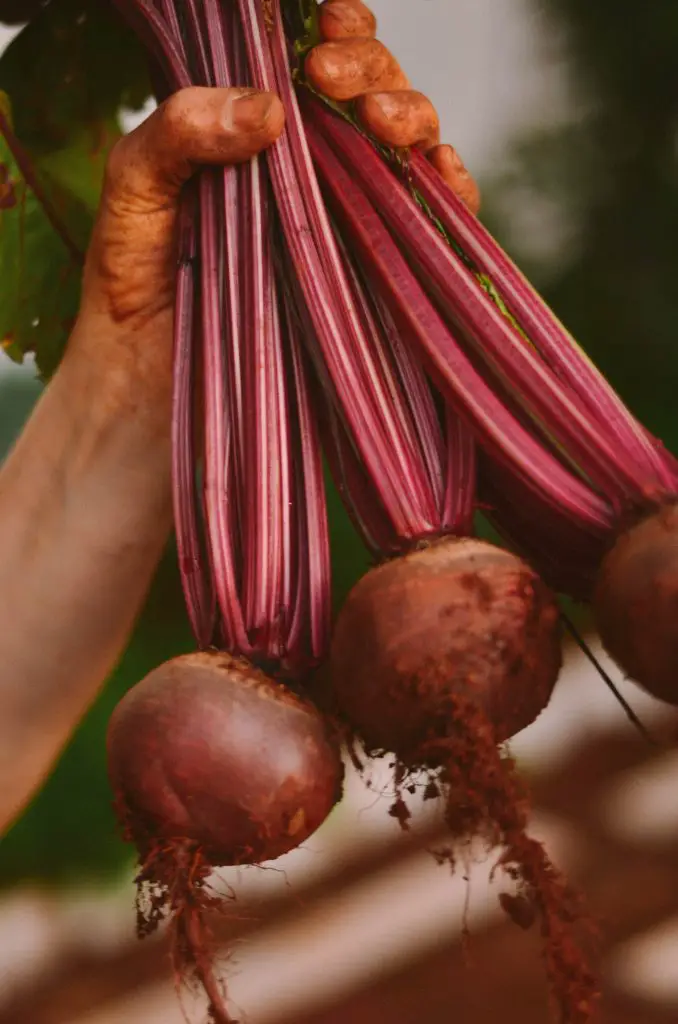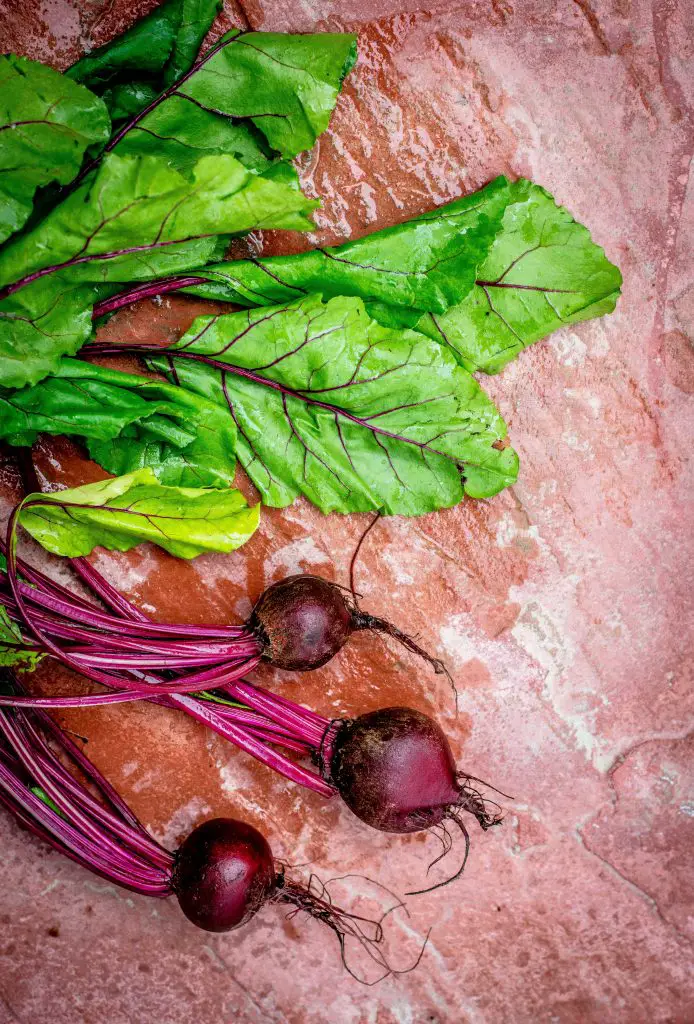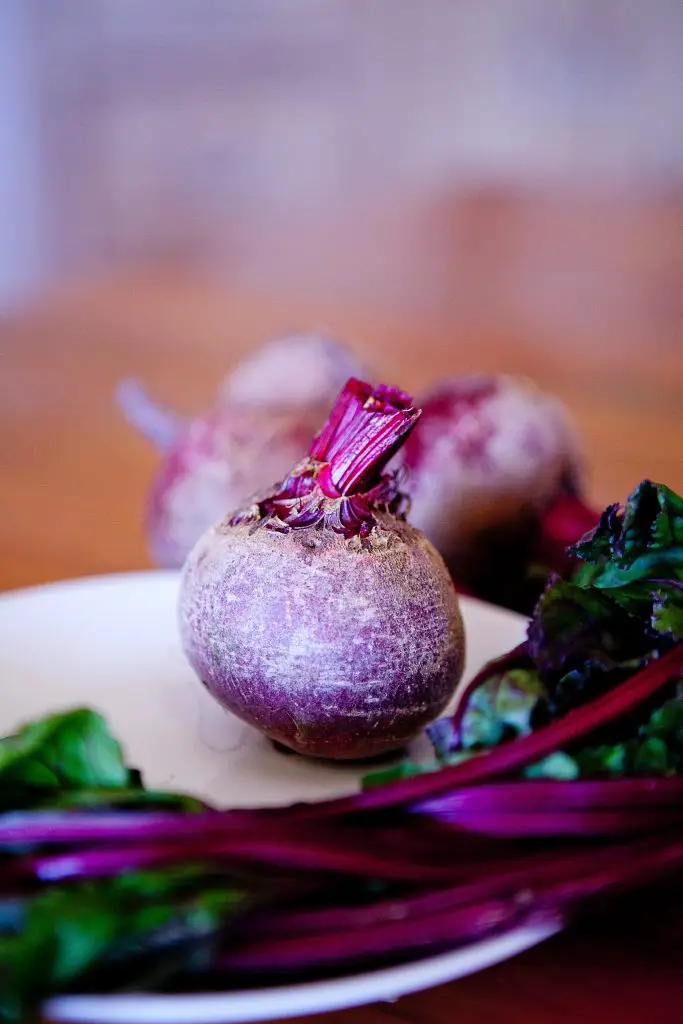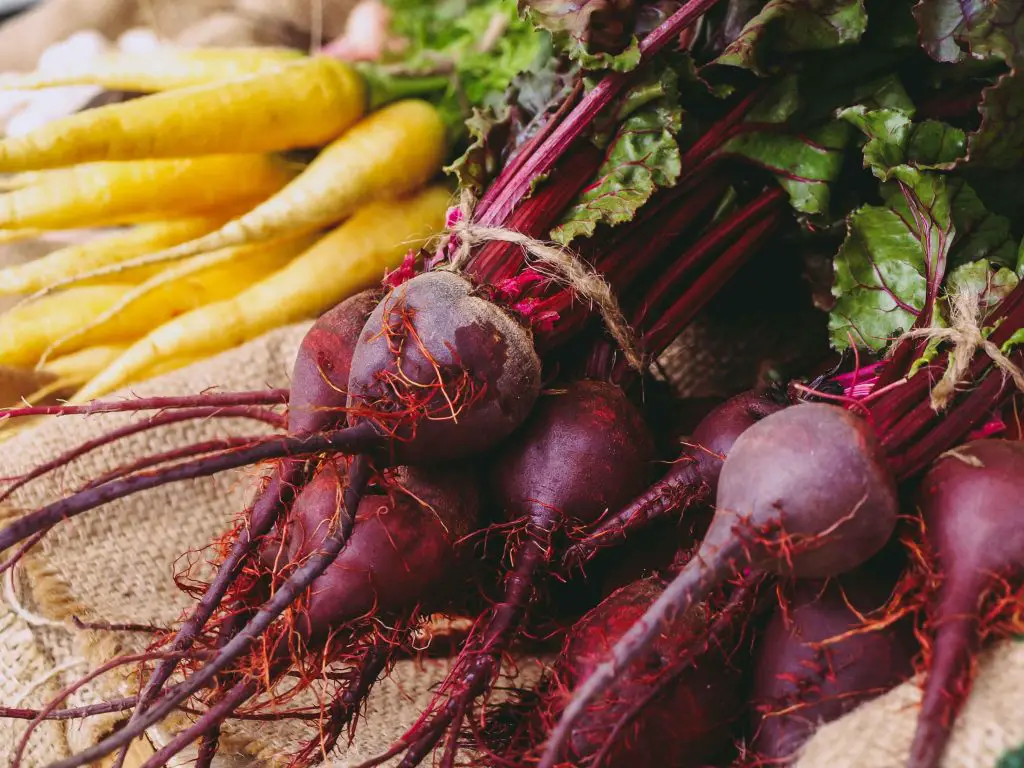Are Beet Leaves Toxic? Beets are a vegetable that is commonly grown as an edible or ornamental plant in many gardens, however, is it safe to eat beet leaves? Or are they toxic?
Leaves from the plants of the most commonly grown members of the beet family, which are chard and red beetroot, are considered to be non-toxic for most people and are regularly eaten. However, plants do contain a small amount of oxalic acid which is the same chemical that makes rhubarb leaves toxic these can be problematic for people that have a history of issues with kidney stones.
However, there are some members of the beet family which do have leaves which are toxic. Both the golden beetroot and sugar beet are toxic and cannot be eaten but they are rarely grown by home gardeners.

Is There A Level Of Beet Leaf Consumption That Is Dangerous?
Web.md has indicated that is common for most people to consume between 200 to 300mg of oxalic acid on a daily basis. A cup of beets leaves will typically contain around 125 mg of oxalates as such it is generally recommended that you only consume around a cup a day of beet leaves to ensure that you do not have any long-term negative effects.
Are There Other Foods That Contain High Levels Of Oxalates?
There are many foods that contain high levels of oxalates, the highest one is spinach which contains close to 800 mg per cup. The other foods that contain high levels of oxalates are products made from soybeans which can include things such as tofu or soy milk and even yogurt, however, these foods generally have about half the amount of oxalates compared to spinach.
The other vegetable that we eat a great deal of in the western world is potatoes which contain around 100 mg per serving, however, you can reduce the level of oxalates in this particular vegetable by peeling it as much of this content is in the potato skin.
However, the other alternative is to simply eat sweet potatoes which have substantially lower oxalate content of around 30 mg per cup.

What Are The Negative Effects Of Consuming Too Many Beet Leaves?
Oxalic acid is a compound that occurs naturally in many different plants which includes leafy greens and legumes such as spinach and beets. These plants are generally considered to be quite beneficial in terms of health, however, the problem associated with eating too much oleic acid is that they can combine with calcium to create kidney stones in some members of the population according to web.md.
However, for those people that are prone to the formation of kidney stones, doctors have been known to recommend low-oxalate diets which can be as little as 50 milligrams per day for some people.
However, one of the simplest methods to reduce the oxalate content of foods is to cook them. Cooking does not destroy the oxalates within the plant but rather it results in the chemicals leaching out into the cooking water reducing the oxalate content of the food. Alternatively, you can avoid beets and eat alternatives such as kale and pak choy which are known to be much lower in oxalates.
Are The Stems Of Beet Leaves Edible?
The central stalk of the beet leaves is entirely edible and can be cooked together as one with the green part of the leaf. However, many chefs separate the green part of the leaf from the stalk because it takes a lot longer for the stalks to cook than the leaves. When cooking a stalks it is common to dice them up into small bits and fry them butter before adding the leafy green parts of the vegetable just a minute or two prior to serving the dish which will help to maintain the texture of the leaves.

Are Beets Easy To Grow?
Beets are an extremely easy plant to grow as they will grow readily from seed and are significantly more tolerant than other leafy greens of hotter temperatures. Many other leafy greens such a spinach and lettuce have a tendency to bolt very quickly in warmer weather whereas things like swiss chard will grow throughout the summer without bolting.
This means that beet greens are absolutely ideal to help maintain a constant supply of leafy greens throughout the year. Generally, in most cases, you can get 9 to 12 months of harvest from the beet plants before they run to seed, This is because the plants are biennial which means that the plant will grow and produce leaves in the first season before setting seed the following spring.
If you are planning to grow beets in your own garden the best time to sow them is in early spring in a seed tray which will help them to get going quickly. Typically, the beet plants will be slow to get going, however, once they hit their straps they will produce masses and masses of leaves for months on it.
To start the plant off it is advisable to plant 2 to 3 seeds per cell in a seed tray containing good quality seed raising mix. The plants will typically take 7 to 14 days to appear and will typically need to spend approximately 6 to 7 weeks in the seed tray before they can be planted out into the garden.
When planting the seedlings out in the garden they should be spaced 8 to 10 inches apart because they do get relatively large. In terms of location beet plants are highly tolerant of both sunny and shady conditions but they will grow faster in a full sun location.
When planting them out in the garden it is also important to ensure that you apply a thick layer of mulch and also add snail bait around each plant as they can be highly susceptible to attack from slugs and snails early on.

In terms of ongoing maintenance, there is little required other than to ensure that the plants are watered regularly. When the leaves reach a size of around 4 to 6 inches they can be harvested on a regular basis. To reduce the time between harvests it is best to pick the outer leaves first as the central leaves are generally younger and it will allow the plants to continue to photosynthesize producing more and more leaves.
Doing this will ensure that the time between harvests is minimized which will ensure that you can maximize the output of your plant.
I hope you found this article useful and have great success growing beet greens in your garden at home. If you have any additional comments or questions please leave them in the section below.
Relevant Articles
Is A Beet A Fruit Or Vegetable?
Beets vs Beetroot: Are They The Same Thing?
Does Beetroot Grow Underground?
